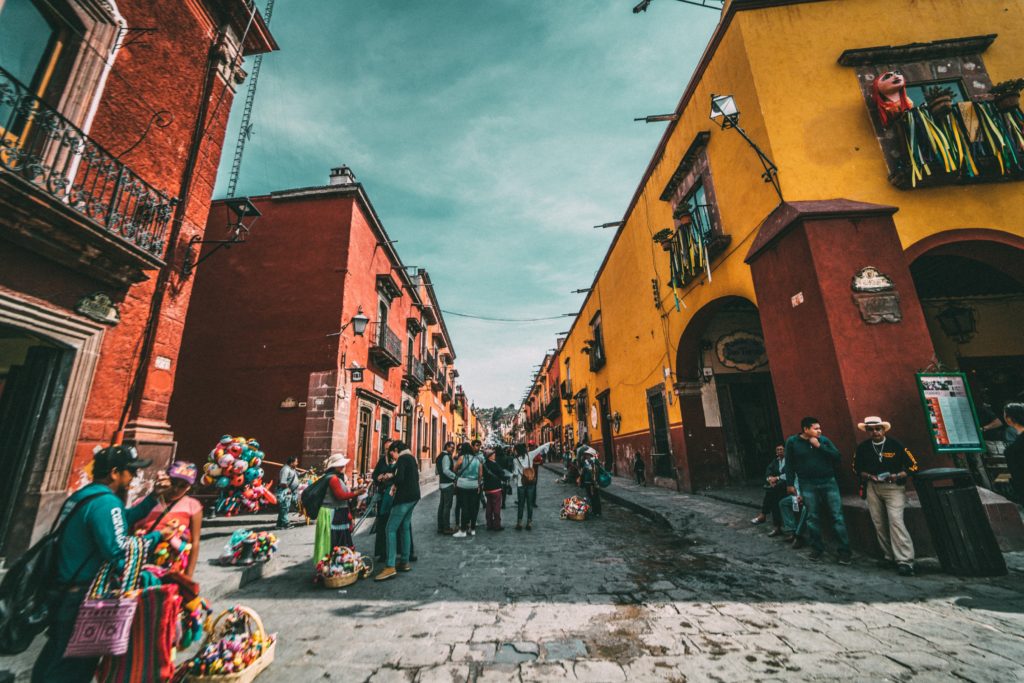Khiron Life Sciences is a vertically integrated cannabis company with core operations in Latin America; Colombia specifically. The company has announced its plans to enter Mexico’s cannabis market next year. Khiron is well-positioned to reach the country’s consumers and to play a leading role in the cannabis market, as it combines global scientific expertise with agricultural advantages.
Khiron has big plans for Mexico’s cannabis market


The Colombia-based medical cannabis company, Khiron, is expecting to enter Mexico’s cannabis market in 2020. This is a sector that the company considers “strategic” in its growth plans in Latin America.
The Federal Commission for the Protection against Sanitary Risks (Cofepris) stopped the company’s original arrival in 2019.
“We expect 2020 to be our year, and we count on the opening of Mexico’s cannabis market in their first quarter,” said Andrés Galofre, Khiron’s Vice President of Business Development.
Cannabis is one of the world’s most talked-about topics and medical cannabis is a sector that brings profit to the cannabis industry.
One potentially useful cannabis news tool is Hemp.im, which focuses on the latest in cannabis news, social changes, economic trends, and medical information.
A failed first attempt to enter Mexico’s cannabis market
In 2018, the Supreme Court of Justice of the Nation (SCJN) declared that the prohibition of cannabis is unconstitutional.
The court set Oct. 31, 2019, as the deadline for establishing the new cannabis legislation. Failing to do so, it gave the Upper House a one-time extension that expires on the last day of April.
That’s also the day that Khiron looks to enter Mexico. There, it has 1.5 million potential customers for its medical products, according to Galofre Gomez.
The contrast between stocks and revenues
With less than two weeks to go until the end of the year, Galofre believes that 2019 has been a period of growth for the company, despite the fact that the value of its shares fell 78% between Feb. 22 and Dec. 17 on the New York Stock Exchange, according to Bloomberg.
“However the income flowed very well. It was our best year,” he said optimistically.
Between January and September, the company had revenues of just over $7 million, according to the financial report for the third quarter.


The revenue from Mexico’s cannabis market
It should be noted that 40% of that revenue came from the sale of medical services from the Latin American Institute of Neurology and the Nervous System (ILANS), which serves 119,000 patients a year, and from the sales of Kuida CBD, the cosmetic product line.
The latter, which contains cannabidiol, a non-psychoactive active compound of cannabis, is Khiron’s main bet to expand to other countries.
“The company expects Kuida’s revenues to continue to strengthen in the fourth quarter of 2019, especially with the expansion to new markets outside Colombia and the Christmas shopping season,” the financial report stated.
According to the company’s own calculations, there are approximately 12 million potential patients for medical cannabis in Mexico. The other expansion bets for the firm in the region are the markets of Brazil, Chile, and Peru.
Mexico’s cannabis market had a false start in 2019
However, the company acknowledged in its latest financial report that the main factor for the diversification of Khiron markets depends on the international regulation of cannabis use.
The company focuses on allocating its capital to countries where regulatory approvals seem closer.


In Colombia, the use of cannabis for medical and scientific purposes was decriminalized in 2017. Khiron will invest $3.7 million in its cultivation facilities and energy sources.
On Oct. 30, 2018, the Cofepris validated the “Guidelines on Health Control of Cannabis and Cannabis Derivatives.” A month later, the health authority authorized the sale of Kuida products along with 52 others.
However, with the change of government, the health authority revoked these permits due to alleged irregularities in the elaboration of these guidelines.
__
(Featured image by admknowdsn via Pixabay)
DISCLAIMER: This article was written by a third party contributor and does not reflect the opinion of Hemp.im, its management, staff or its associates. Please review our disclaimer for more information.
This article may include forward-looking statements. These forward-looking statements generally are identified by the words “believe,” “project,” “estimate,” “become,” “plan,” “will,” and similar expressions. These forward-looking statements involve known and unknown risks as well as uncertainties, including those discussed in the following cautionary statements and elsewhere in this article and on this site. Although the Company may believe that its expectations are based on reasonable assumptions, the actual results that the Company may achieve may differ materially from any forward-looking statements, which reflect the opinions of the management of the Company only as of the date hereof. Additionally, please make sure to read these important disclosures.
First published in El CEO, a third-party contributor translated and adapted the article from the original. In case of discrepancy, the original will prevail.
Although we made reasonable efforts to provide accurate translations, some parts may be incorrect. Hemp.im assumes no responsibility for errors, omissions or ambiguities in the translations provided on this website. Any person or entity relying on translated content does so at their own risk. Hemp.im is not responsible for losses caused by such reliance on the accuracy or reliability of translated information. If you wish to report an error or inaccuracy in the translation, we encourage you to contact us.



Comments are closed for this post.